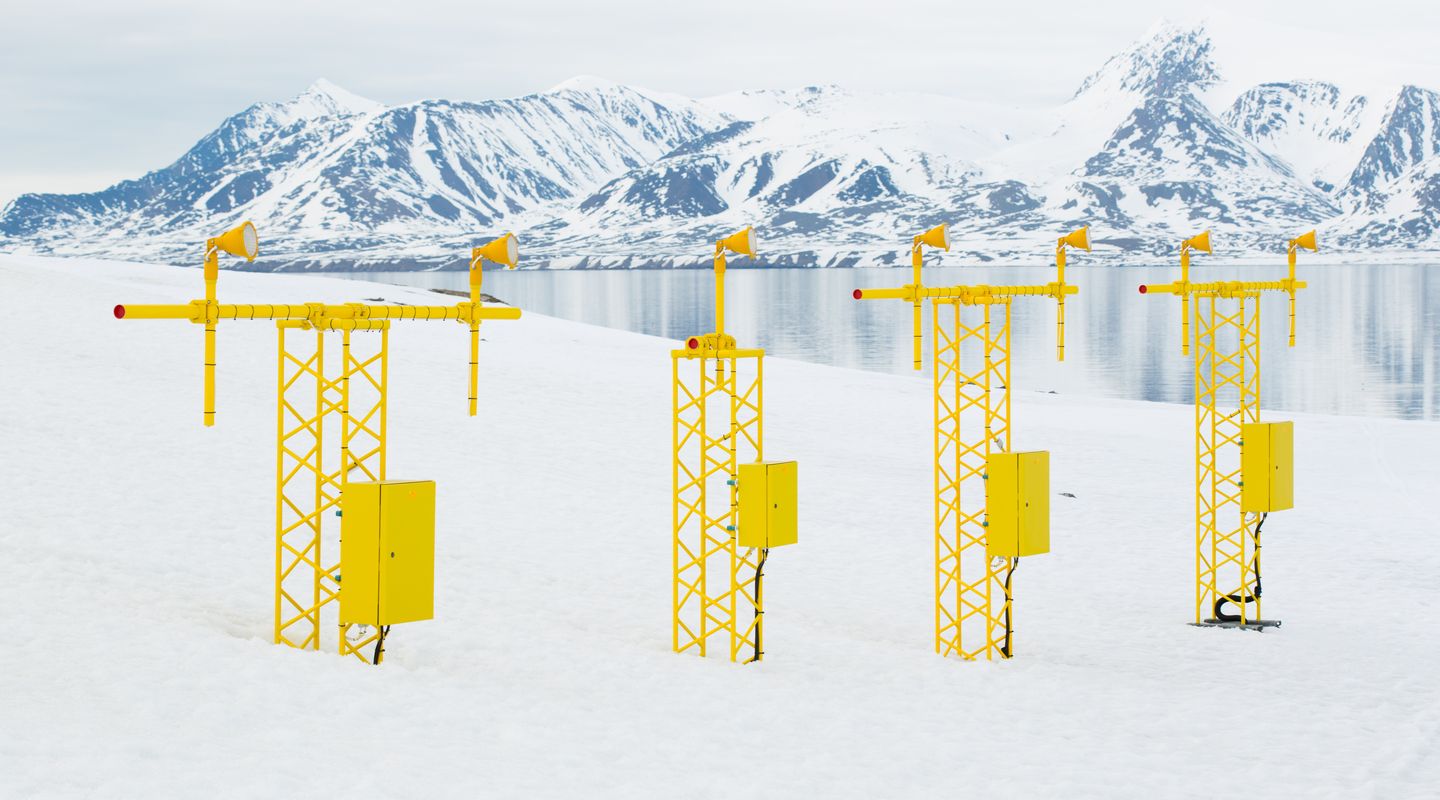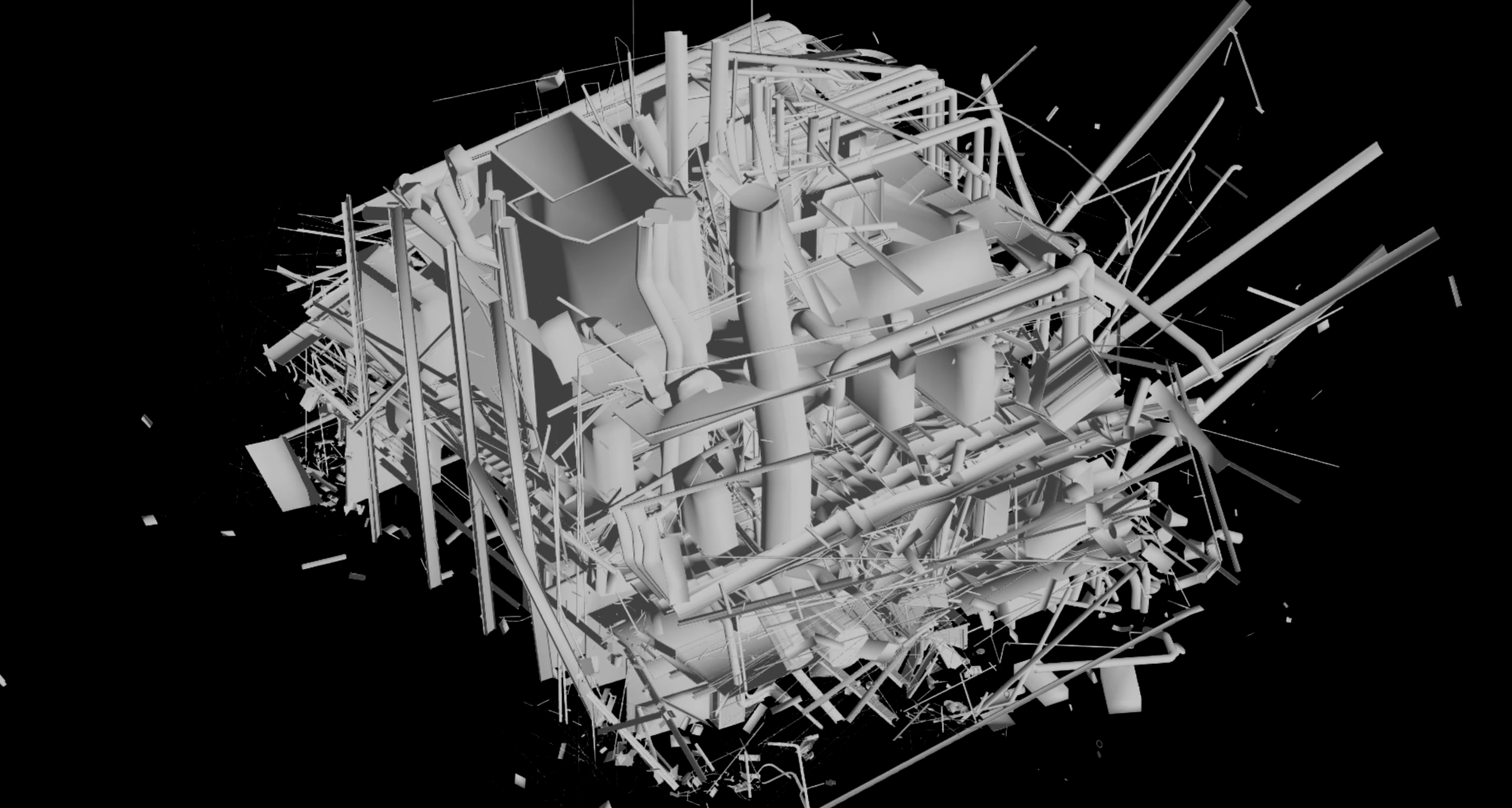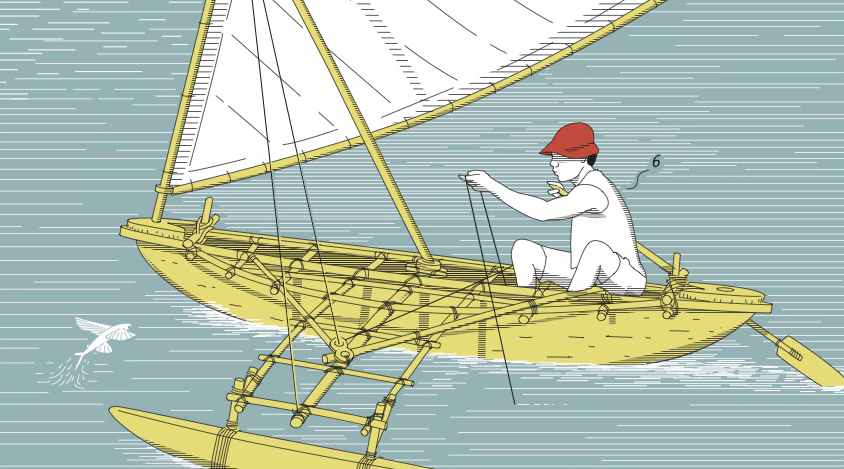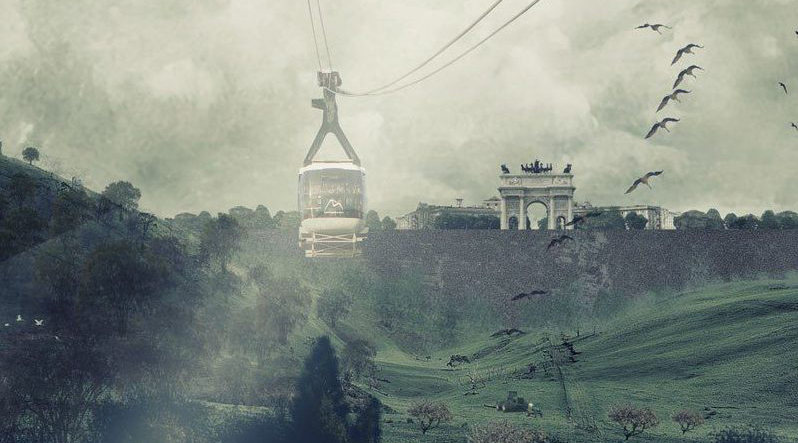EDITOR’S NOTE: On Friday, April 5, the Lithuanian pavilion opened its doors to the public, presenting the video installation Manifold by artist Emilija Škarnulytė. Responding to the theme of the XXII Triennale, Broken Nature, the work invites the audience to reflect on the issue of the cracked relationship between humans and nature by diving into the physical and mythological landscapes of the Cold War. The installation consists of several video works: in Sirenomelia the artist herself dives into the arctic waters of a NATO military base filled with post-war relicts; and Mirror Matter depicts a journey into the interior of the Super-Kamiokande neutrino observatory and the nanoparticles observed at CERN. The Lithuanian pavilion, commissioned by Julija Reklaite and organised by the Contemporary Art Centre of Vilnius, will be on view through May 30.

Emilija Škarnulytė’s work is positioned at the intersection of natural and man-made structures – physical, philosophical and political. In her immersive films and large-scale installations the artist evokes feelings of contemplative anxiety provoked by encounters with all that is larger than us, and larger than life – a looming climate catastrophe, natural phenomena, ideological constructions and massive architectural or scientific structures. Just as the artist dives into waters, buildings or terrains to explore, the viewer is drawn into her works with all of their eco- and techno-political discourses. Although Škarnulytė’s practice is often presented in dialogue with topical research, it dissects the urgencies of a rapidly developing – or, possibly, unraveling – planet as something beyond the theoretical debate: a physical, unavoidable, all-encompassing situation, which no longer offers a comfortable point of view.

The theme of mutation channeled through scientific and political shifts finds its form in the figure of a mermaid which also projects a desire to carve out a place and a method of existing in an incomprehensible, increasingly artificialized landscape. Artist‘s film Sirenomelia explores murky currents of such an aspiration through the artist’s own body and action, and this effort to escape our mental constructions remains ultimately inconclusive. Although Škarnulytė employs carefully calculated and highly technical tools of research, she does not aim at offering constructive solutions or definite answers. Instead, she uses scale, optics, sound and image to document a limbic state in which the very ambition to “solve” is exposed as futile – but the newfound possibilities to observe, experience and interact with the environmental and political forces that surround us become paradoxically productive.
A similar ambition informs Škarnulytė’s attitude towards architectural forms and technological structures, which she renders somewhat unreal through the use of cinematics and exhibition spaces. They construct a symbolic stratum in which the boundaries of the reality are blurred and even the unquestionably physical emerges as a figure of imagination. Although in her work Mirror Matter the artist depicts a journey into what governs the very fabric of the reality – the insides of a neutrino laboratory and the CERN Hadron Collider – the actual experience is that of a gaze wandering through an alien scenography or a hallucinogenic kaleidoscope. It fuels a reflection on what the very existence of these structures means and how an interaction with – and within – the unapproachable might be the only way to step beyond the human boundaries of cognition. Škarnulytė’s work exposes us to a cyborg-like mode of seeing: one that relies on the artificial lens while exploiting the human connection of the eye to the brain. Although initially uncanny, this method ultimately leads to an expanded mode of perceiving – and imagining – the mechanisms and forces we face and will continue to encounter.
Emilija Škarnulytė studied sculpture at the Brera Academy in Milan and later continued her studies of contemporary art at Tromsø Academy, Norway. Her work has been presented at the Venice Biennale of Architecture in 2016, SIART Biennial in Bolivia 2016, São Paulo Art Biennial and Riga International Biennial of Contemporary Art 2018, as well as at the International Film Festival Rotterdam, Centre Pompidou in Paris and the International Short Film Festival Oberhausen in 2017. She was recently awarded the Main Prize of the Future Generation Art Prize established by the Viktor Pinchuk Foundation. The jury, chaired by curator Pablo León de la Barra, stated its motivation for awarding Škarnulytė as follows: “Her use of video expands into a multi-dimensional experience, confronting many of the major issues facing humanity which are often left unspoken. Without being overtly didactic, the work stays open-ended and poetic while raising fundamental questions about where we come from, who we are and where we might end-up”.



